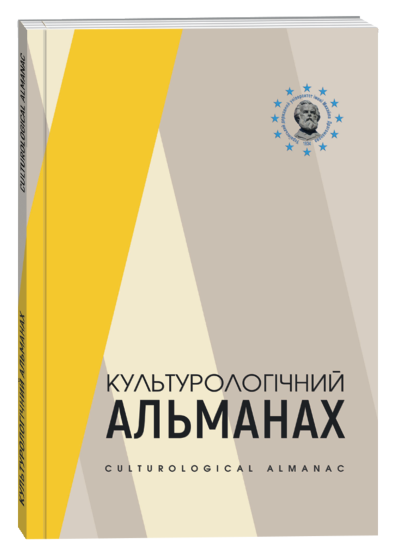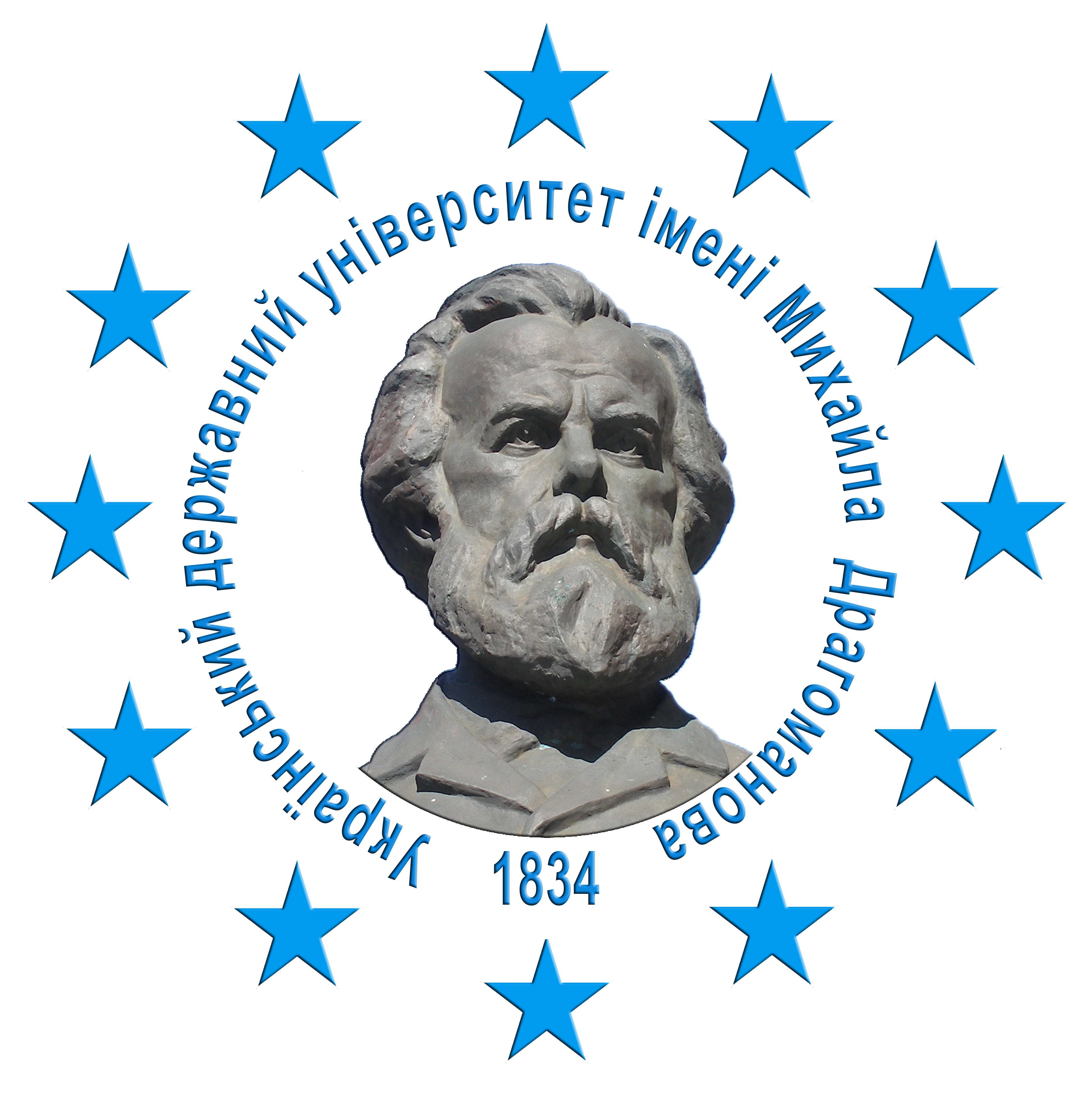ON THE QUESTION OF THE CITY-IMAGE IN THE PHILOSOPHY OF SIMONE WEIL
DOI:
https://doi.org/10.31392/cult.alm.2025.3.41Keywords:
city-image, text, city, culture, body, politics, religion, Christianity, literature, dramaturgyAbstract
The French philosophical tradition has a long-standing “literary” dimension, within which one can recall the works of Voltaire, D. Diderot, J.-J. Rousseau, A. Camus, G. Marcel, J.-P. Sartre, and many other authors who used literary forms to convey their ideas to a broad audience. The literary form grants the author greater freedom of action within the framework of a given plot, in contrast to the rigid formal scientific approach, which is aimed at analysis rather than creation. The issue of creativity and creation holds a central place for Simone Weil, as it touches on her theological worldview, where God is the creator and His creation is divine. It should be noted that the city-as-image is closely linked by Simone Weil with the architecture of being. This approach is fundamentally important for understanding the city as a cultural phenomenon – and even as a divine creation. The correlation between “city-being” and “city-text” reveals the deep cultural potential of Simone Weil’s philosophy in the context of how culture responds to both external and internal challenges. The article analyzes the dramatic work Venice Saved (1940–1943), which concentrates the key themes laid out by Weil in her philosophical “Notebooks” from 1933 to 1943. As the chronology shows, these texts were created in parallel and are inextricably linked. The author notes that the Notebooks were not composed by Simone Weil as a single, clearly structured text, but rather as a set of philosophical reflections on various topics – their multiplicity forming a coherent whole only when given a literary form. The paper also highlights another important feature of Simone Weil’s philosophy – the interrelation between practical and theoretical experience. Her biography can be viewed through the prism of creativity, and her creativity through the prism of biography; this inseparability indicates the integrity of her philosophical journey. The literary-philosophical paradigm within which the philosopher operates has a strategic direction: to return reality to reality by rejecting crude materialism. This “incorporeality” of Simone Weil’s philosophy is aimed at a profound reconsideration of human existence within a theological perspective, while also raising the question of how we interact with the surrounding world – a world that proves fragile under closer examination. This article is dedicated to analyzing “Venice Saved” in the context of Simone Weil’s philosophical legacy. The author investigates the work’s internal coherence and the city-image as an embodiment of philosophical ideas.
References
Барт, Р. (2002). Від твору до тексту. Антологія світової літературно-критичної думки ХХ ст. Львів : Літопис. С. 378–384.
Біблія: пер. І. Огієнка. URL: https://only.bible/bible/ubio/
Гюго, В. (2016). Собор Паризької Богоматері. Тернопіль : Навчальна книга – Богдан. 544 с.
Деблін, А. (2019). Берлін Александерплац. Київ : Видавництво Жупанського. 568 с.
Джойс, Дж. (2020). Улісс. Київ : Видавництво Жупанського. 760 с.
Крупеньова, Т. (2024). Ойконімікон драматургії Лесі Українки. Записки українського мовознавства. Одеса, 31, 132–143.
Мор, Т., Кампанелла, Т. (1988). Утопія. Місто сонця. Київ : Дніпро. 207 с.
Петрова-Озель, Л. (2021). Лінгвостилістичні параметри топонімів «Венеція» і «Флоренція» у поетичному дискурсі Ліни Костенко. Питання сучасної філології та креативні методики викладання іноземних мов: матеріали Міжнародної наукової конференції, 29–30 грудня 2021 р. Венеція, 164–169.
Підмогильний, В. (2025). Місто. Київ : Основи. 272 с.
Платон. (2020). Держава. Львів : Апріорі. 464 с.
Barthes, R. (2019). Semiology and Urbanism. New York : Columbia University Press. 419 p.
Campbell, M. (2023). “As an Emerald is Green”. Waiting, Poetry and Affliction: Simone Weil’s Concept of Attention. Thesis submitted for the Award of Doctor of Philosophy. Dublin City University. 234 p.
Christopher, Th. (2022). Simone Weil’s Venice Saved: Pity, Beauty, Friendship. Bloomsbury Library for 20th-Century French Thought, 1–11.
Christopher, Th. (2024). On recognizing the real: Beauty and affliction in Simone Weil. The Southern Journal Philosofy. Memphis, 1–14.
Panizza, S., Wilson, Ph. (2023). Mirror of Obedience: The Poems and Selected Prose of Simone Weil. London : Bloomsbury publishing. 175 p.
Weil, S. (1989). OEuvres completes. Tome II. Paris : Gallimard. 648 р.
Weil, S. (2019). Save Venice. London : Bloomsbury publishing. 166 p.









